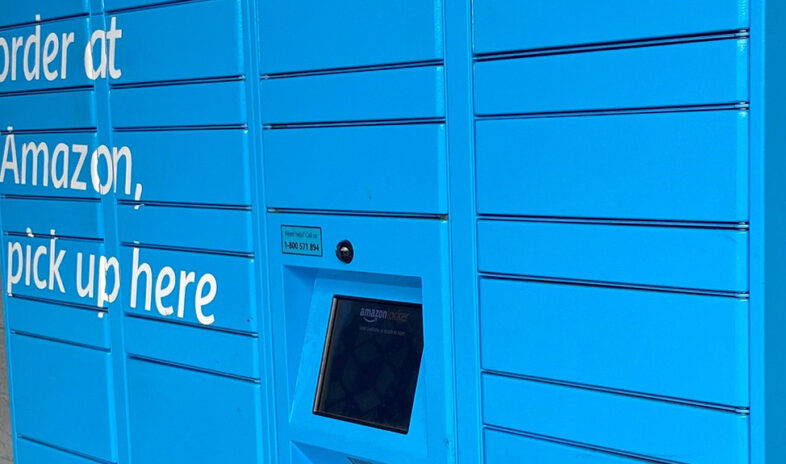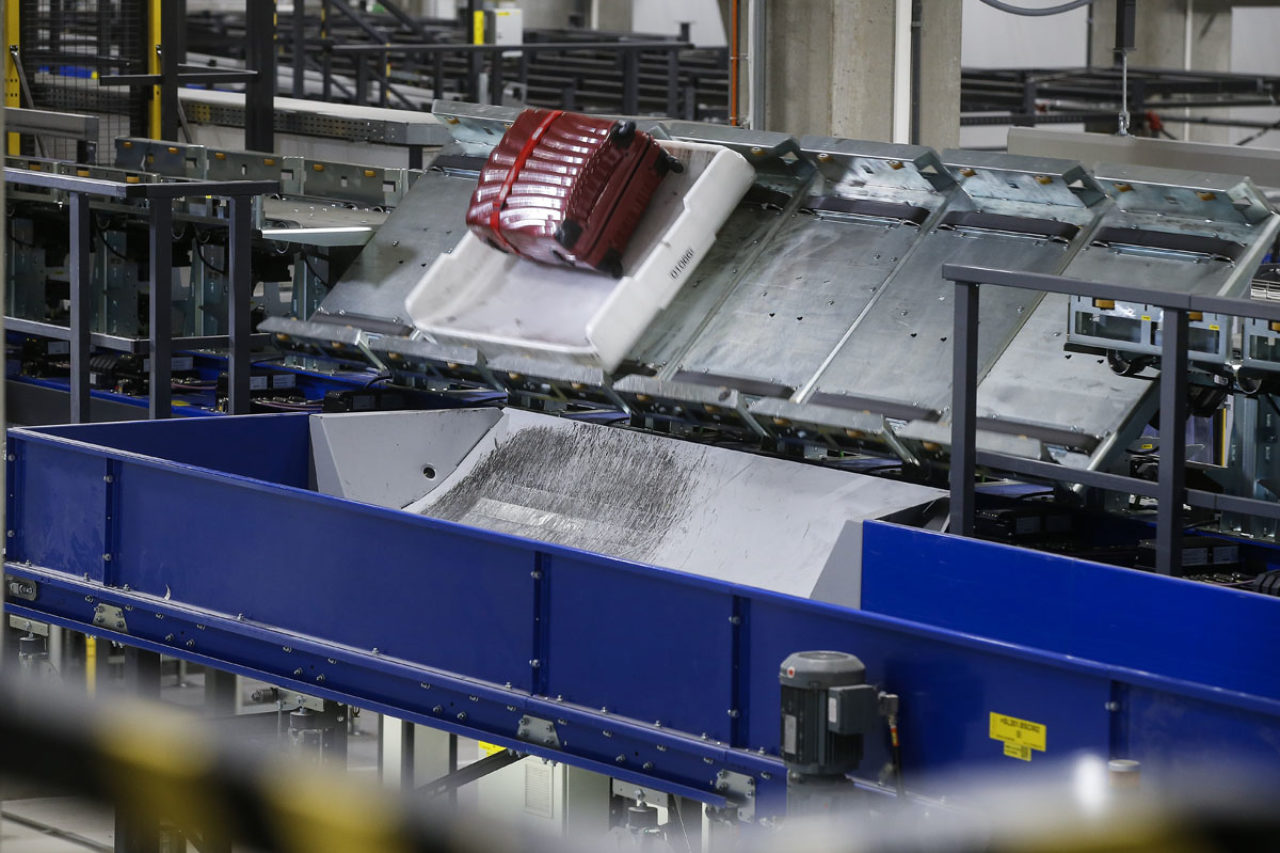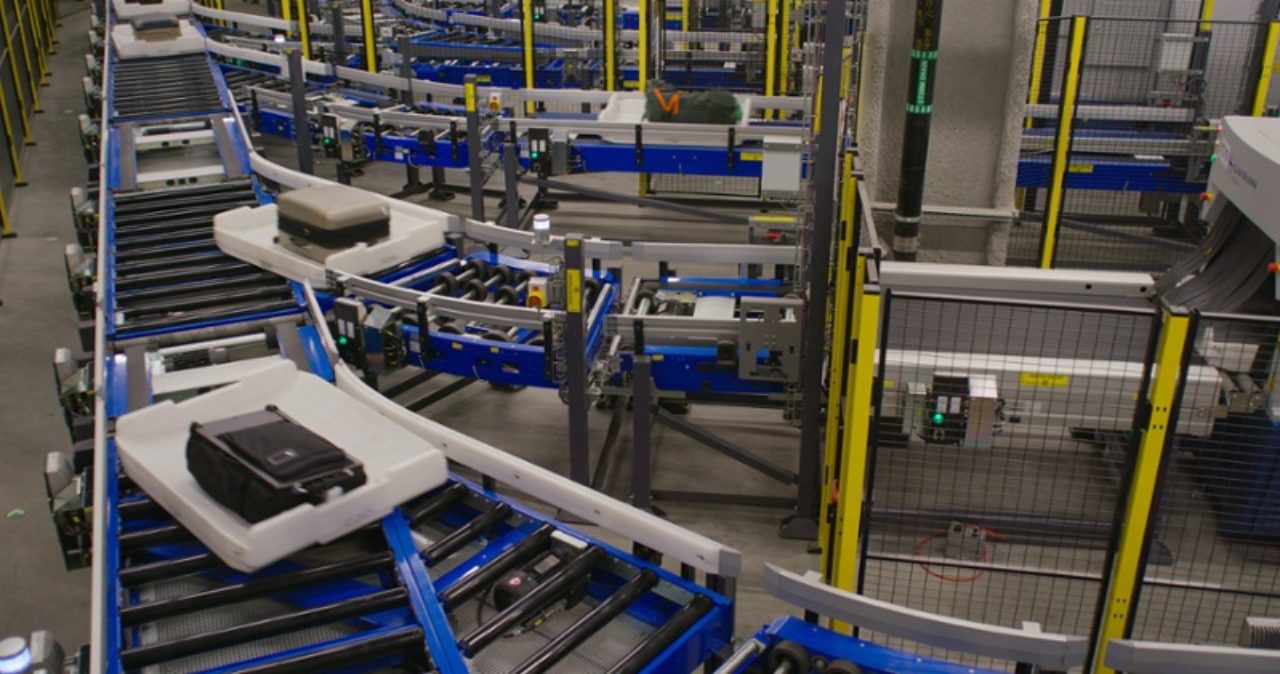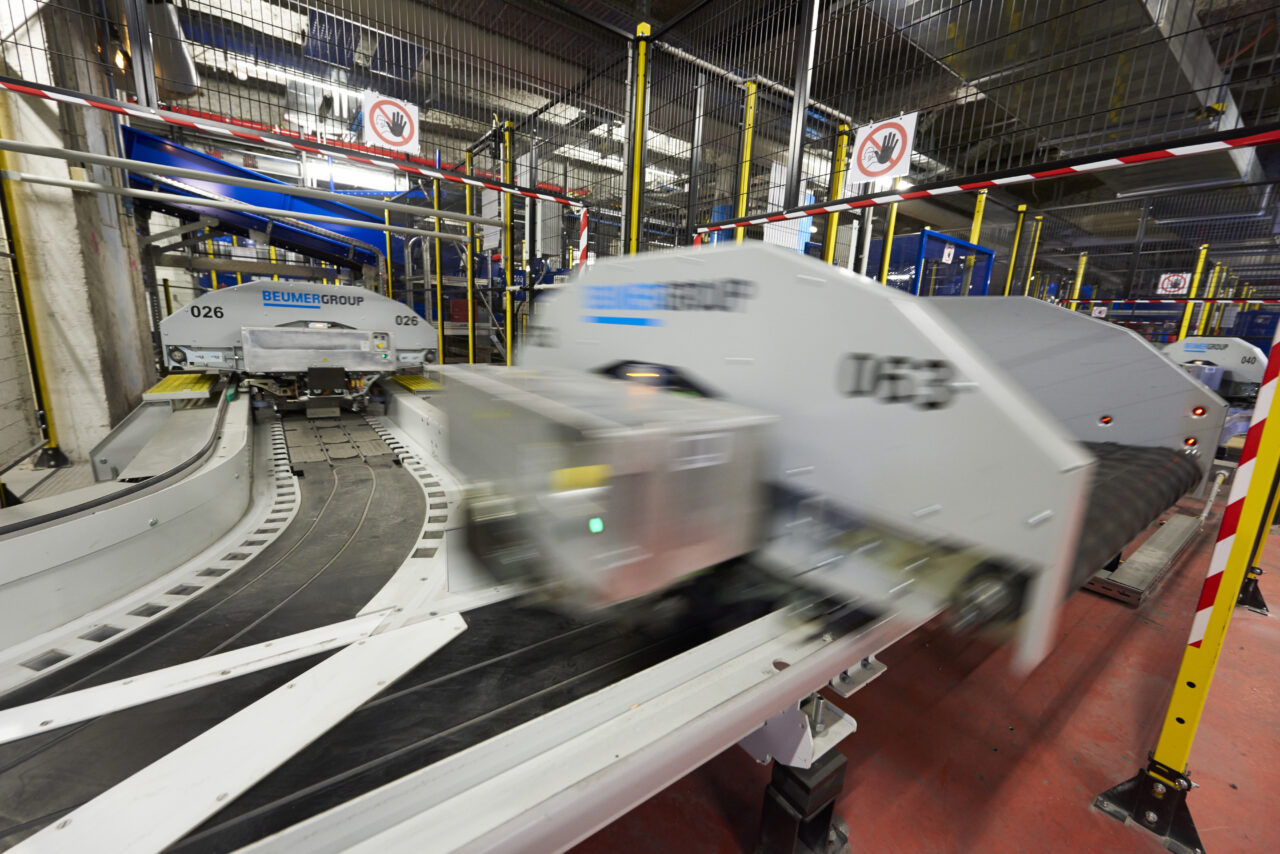San Francisco demanded a green solution
Similarly, San Francisco Airport was looking for a green option when deciding on tote-based ICS for its new Harvey Milk Terminal, put into effect in 2021. As SFO is a shared-use terminal, 100% tracking ability was also essential. SFO was also mindful of passenger satisfaction and wanted a BHS that could deliver bags on arrival at the shortest possible time. Low operational costs and a quick ROI also factored into its decision.
With its ICS, SFO has reduced system time for arrival bags to as low as four and a half minutes. The ICS also received TSA approval for a much improved CBRA operation and has completely eliminated Level 3 re-screening. SFO has found that bag jams are now virtually non-existent. What’s more, SFO is now the first airport terminal in the world to earn Platinum certification in the LEED v4 programme (Leadership in Energy and Environmental Design standard of 2014).
Stansted Airport wanted a transformation with cart-based ICS
As part of a major transformation project, Stansted Airport undertook an extensive upgrade of its baggage handling system (BHS), implementing a cart-based ICS to streamline operations across its vast network of conveyors, lifts, and chutes beneath the main terminal. The redesign not only modernised the baggage hall but also introduced a flexible and fast-track system that spans the entire length of the terminal.
The introduction of the cart-based ICS has future-proofed the airport, offering the flexibility to accommodate new airlines and handle increasing passenger demands. The phased construction of the system carefully integrated new chutes and tracks alongside the existing network of conveyor belts, allowing the airport to remain operational throughout the project. This was crucial, as Stansted processes an average of 30,000 bags daily.
With the new ICS, luggage travels across the BHS at a speed of 18 km/h, reducing the travel time from check-in to aircraft to approximately six minutes. The upgrade has positioned Stansted for growth while ensuring operational efficiency for years to come.
Toulouse-Blagnac Airport needed flexibility
Toulouse-Blagnac Airport, serving over 9 million passengers annually, is a vital link for both domestic and international travel. Seeking greater flexibility to align baggage handling with airlines’ and passengers’ needs, the airport adopted a cart-based Individual Carrier System (ICS) back in 2006. This early implementation enabled Toulouse-Blagnac to constantly develop and customise their baggage flow with precision, enhancing operational agility and airline and passenger experience.








